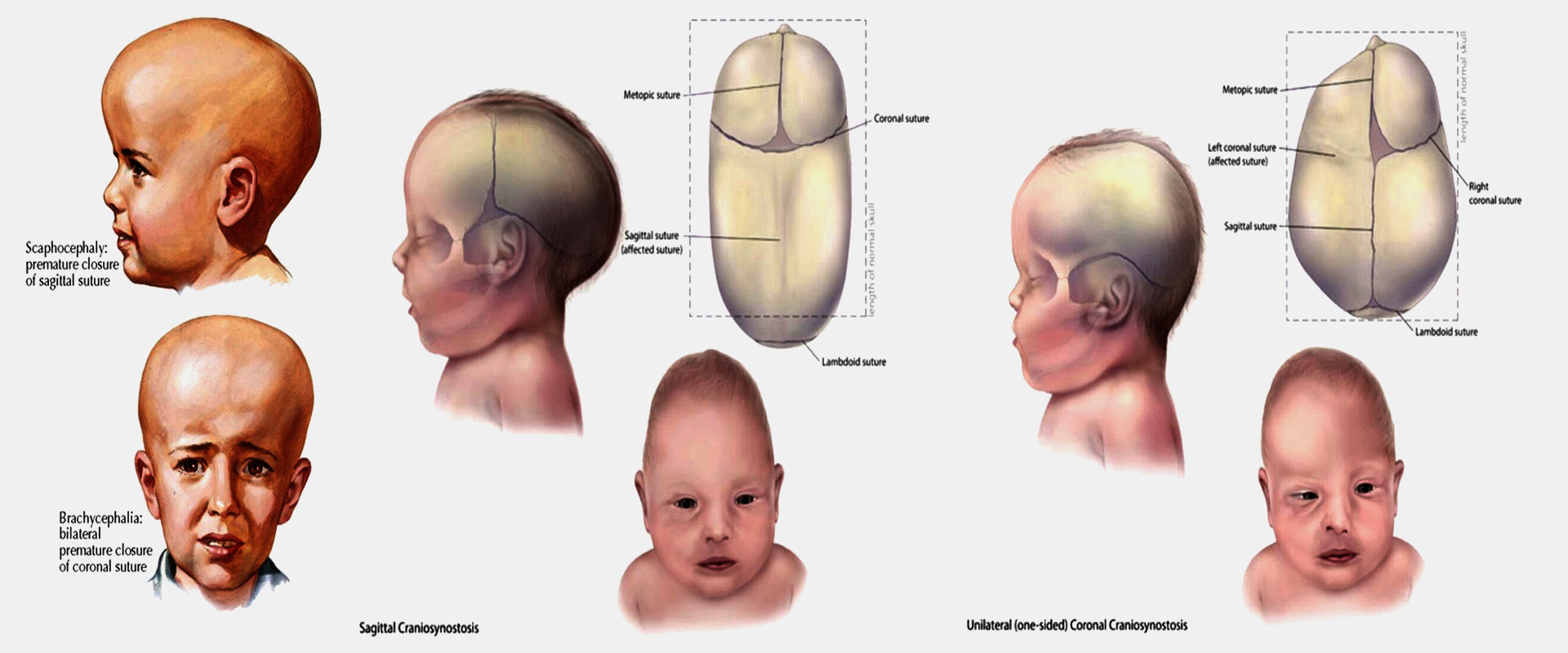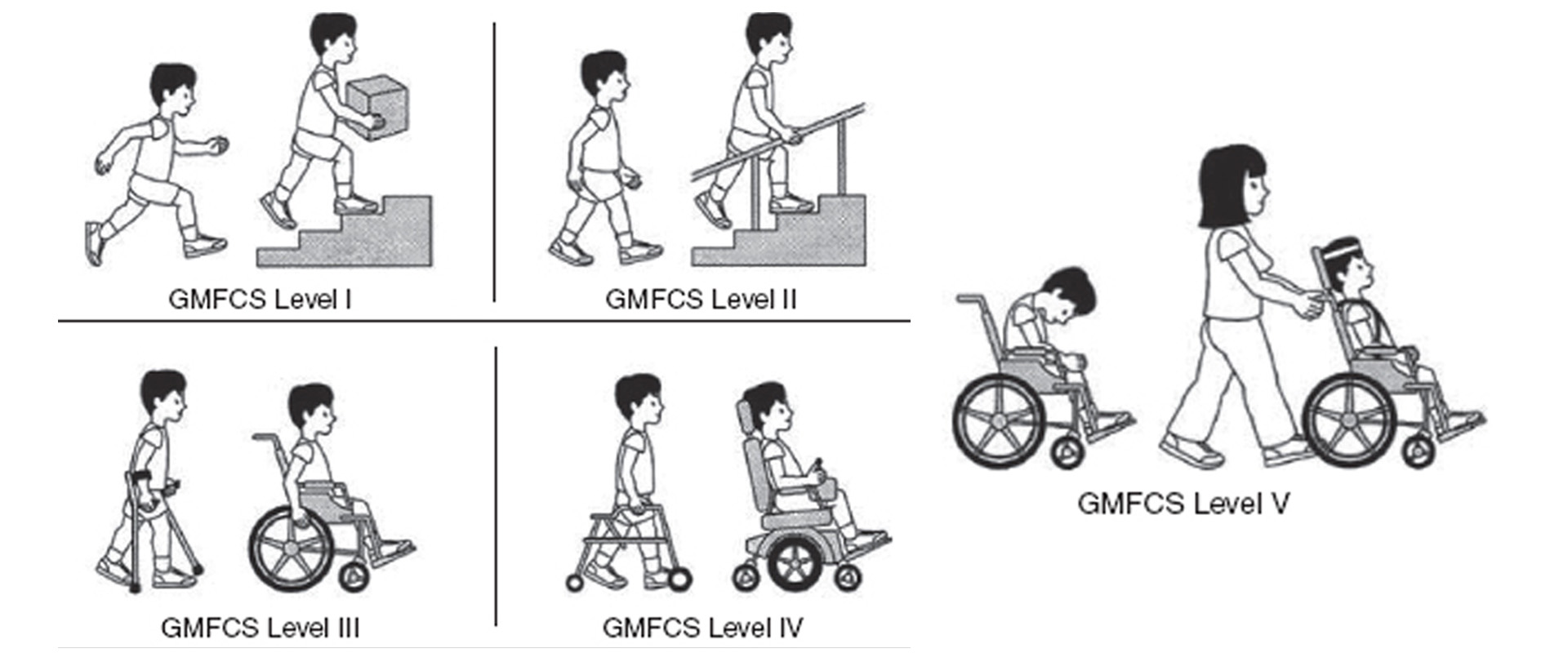
When a child is on more than 2 drugs and still continues to have Epilepsy , it is called Drug resistant Epilepsy. About 30-40 % of such Paediatric Epilepsy cases are amenable to surgical treatment. In many cases , surgery can completely cure Epilepsy and render the child free of medications. In other cases, surgery helps to control epilepsy and improve quality of life. Early intervention is the key to success in Epilepsy.
With modern neurosurgical techniques and equipment like the Neuronavigation, Microscope and Intraoperative ECOG monitoring, Epilepsy surgery can be done safely. The various types of Epilepsy surgery are resection of lesions, Disconnection surgeries, Neuromodulation surgeries ( i.e Vagal nerve stimulation etc.).

Brain and spinal cord tumours are the most common solid tumours in children. The commonest site of Paediatric brain tumours is the hindbrain , commonly referred to as Posterior Fossa Tumour. These tumours need surgical removal and in many cases , additional therapy like Chemotherapy/Radiotherapy.
Brain tumour treatment needs careful and safe surgical removal with modern neurosurgical techniques. These children need comprehensive care by a Paediatric Neurosurgeon and Oncologist. Many children may need additional treatment for Hydrocephlaus like VP shunt / Endoscopic Third Ventriculostomy.

Craniosynostosis is a disorder of the formation of the skull and facial bones leading to abnormal shape of the head and face. It results from premature fusion of the normal skull sutures. There are two broad types of craniosynostosis namely Syndromic and Non-syndromic Craniosynostosis. Syndromic cases require multiple surgeries at various stages of life whereas Non-syndromic cases usually require single stage surgery.
Surgical Options include Minimally Invasive Correction like Endoscopic surgery and Open Remodelling Procedures depending on the age and type of deformity.

These disorders are a due to defect in the formation of the spinal cord and surrounding tissues during the foetal stage of life. The more serious ones called Myelomeningocoeles have open defects with leaking cerebrospinal fluid and need urgent repair after birth. There are a large spectrum of normal or slightly dystrophic skin covered lesions which require planned surgery to free the spinal cord from tethering to the surrounding tissues. There are various types of these defects like Limited Dorsal Myeloschisis, Terminal Myelocystocoele, Split cord Malformation, Spinal Lipoma etc. All these defects can cause varying degrees of lower limb weakness , deformity and bowel and bladder dysfunction.
Surgery requires a Neurosurgical Microscope and should be strictly done under Intraoperative Neurophysiological monitoring . These kids require a team approach with involvement of Paediatric Urologists, Paediatric Orthopaedicians and a Rehabilitation team.

Hydrocephalus implies excessive accumulation of fluid in the ventricles of the brain. This may lead to an abnormal enlargement of the head, squint and change in consciousness of the child. There are many causes of hydrocephalus from infection, haemorrhage, tumours, trauma to unknown causes.
The main form of treatment is insertion of a tube from the brain to the abdomen to drain the fluid called a VP Shunt. Endoscopic Third Ventriculostomy is another option of treatment depending on the age of the child and the cause of hydrocephalus.

Spasticity can affect the quality of life of a child and his caregivers severely. Though a spastic child needs to be treated medically by a Neurologist and a Therapy team but surgery has a significant role especially when drugs have reached their maximal dosage limits.
Selective Dorsal Rhizotomy ( SDR) surgery when done in appropriately selected patients can prove to be life-altering. If perfomed on well selected patients depending on the GMFC ( Gross motor function classification) score, it can improve the mobility and aid in better care of spastic children. Intrathecal Baclofen pumps are also an option to treat spasticity. These surgeries and post-operative care is always undertaken by a team of Paedaitric Neurosurgeons, Neurologists and therapists experienced in dealing with Spasticity.

Paediatric movement disorders are neurological conditions that affect the speed, smoothness and control over movements. They include involuntary jerks and spasms, tremors, normal movements that occur at inappropriate times, excessive movements, rigidity or spasticity, abnormal postures, and difficulty in controlling movement. When a movement disorder interferes with a child’s ability to function at home or at school, it is important to seek medical help.
All children with movement disroders require physical and occupational therapy. The surgical options to help these kids include Deep Brain Stimulation ( DBS), Pallidotomy, Intrathecal Baclofen pump.
Dr. Saurav Samantray was involved in performing DBS on a three-year-old child with the dystonia, who was the youngest kid in India to receive this treatment.

Paediatric neuro-vascular diseases are very different from the adult population. Children can have various vascular conditions like Moyamoya disease, AV Malformations, aneurysms, Vein of galen malformations etc. These conditions can present with strokes/haemorrhages.
Various surgical intereventions like Bypass surgeries, Excision of AV malformations and clipping of aneurysms can be undertaken for these conditions. Many of these conditions can be treated by Interventional Neuro-vascular procedures like Embolization, coiling. Etc.